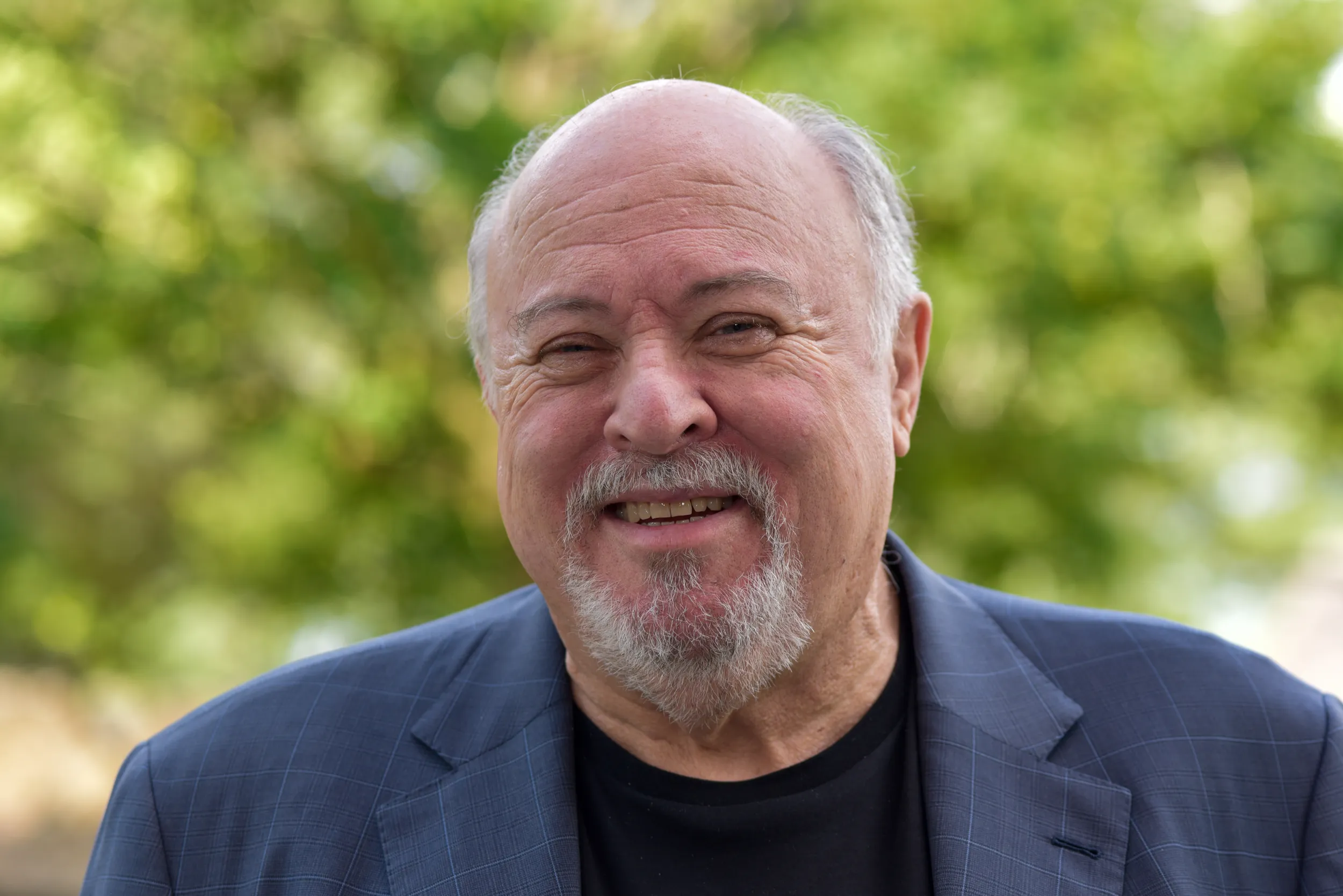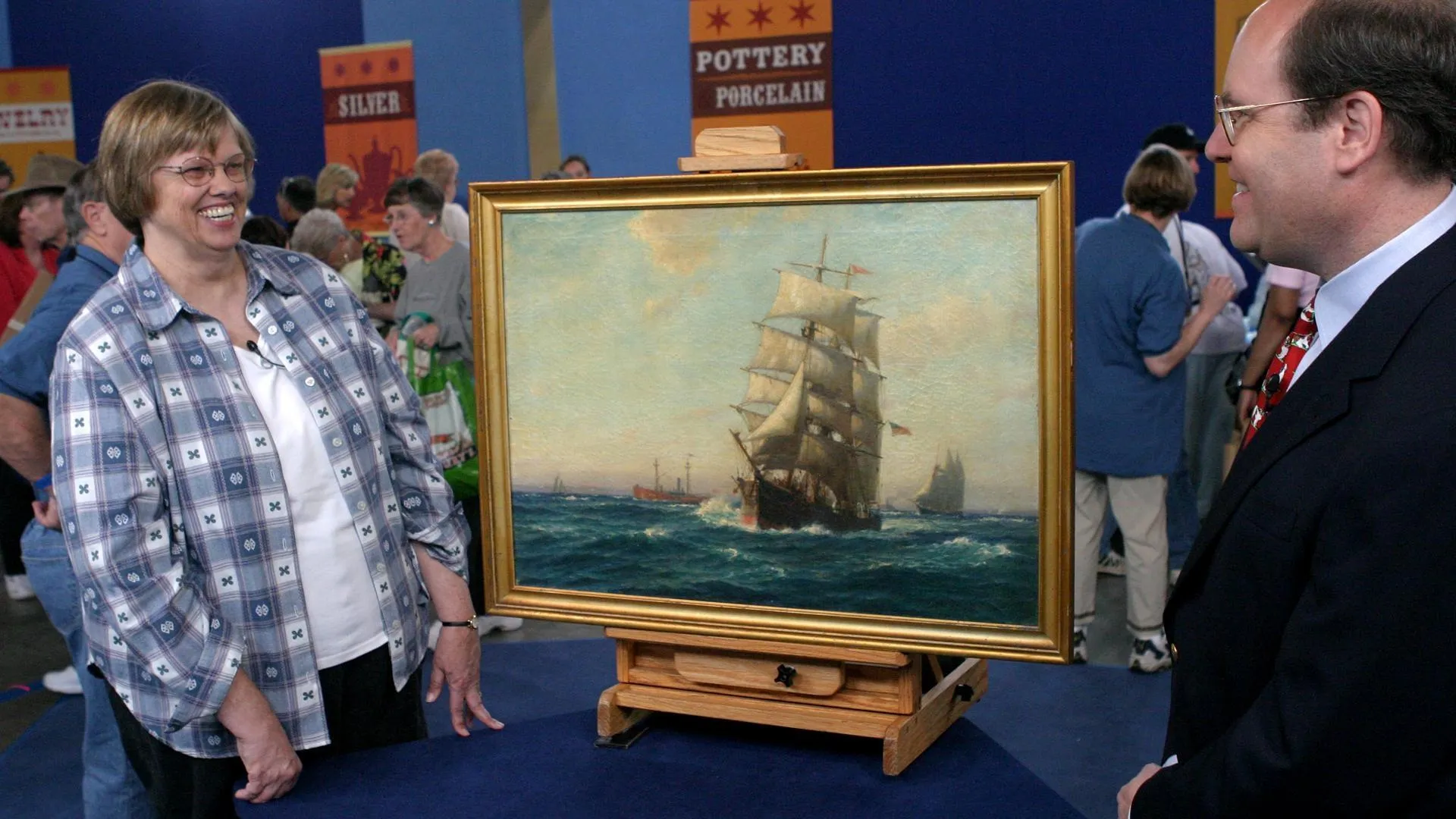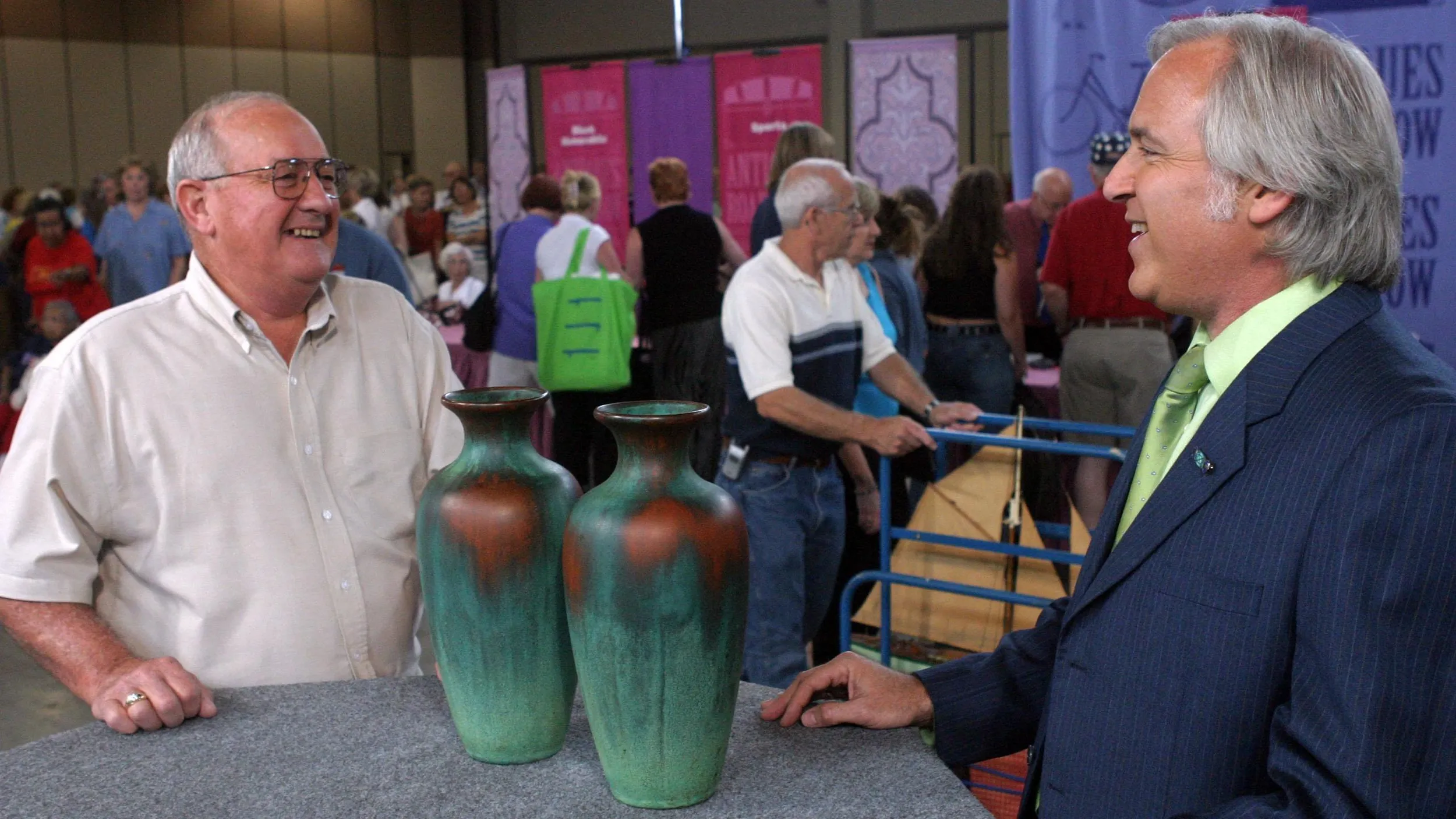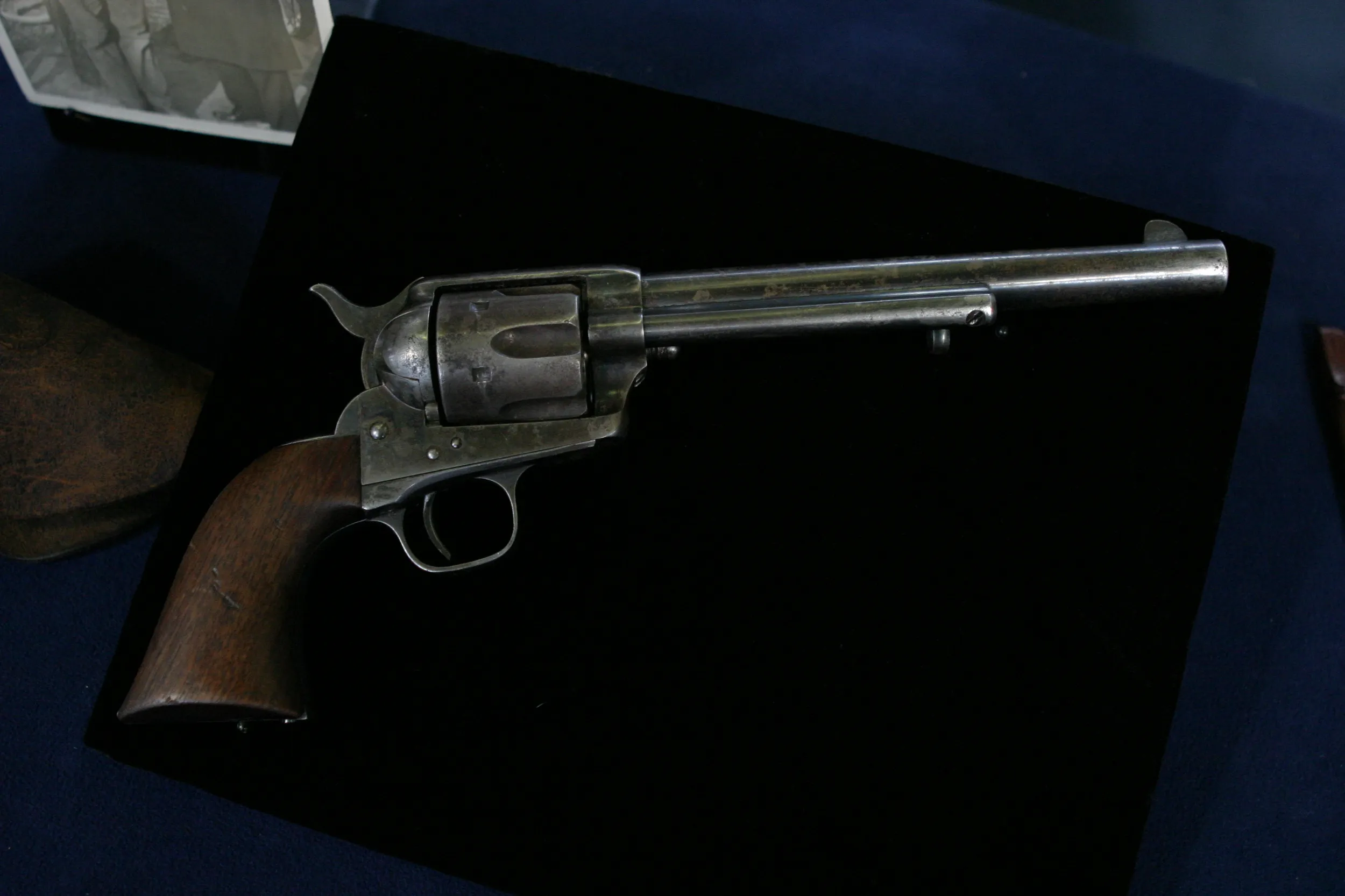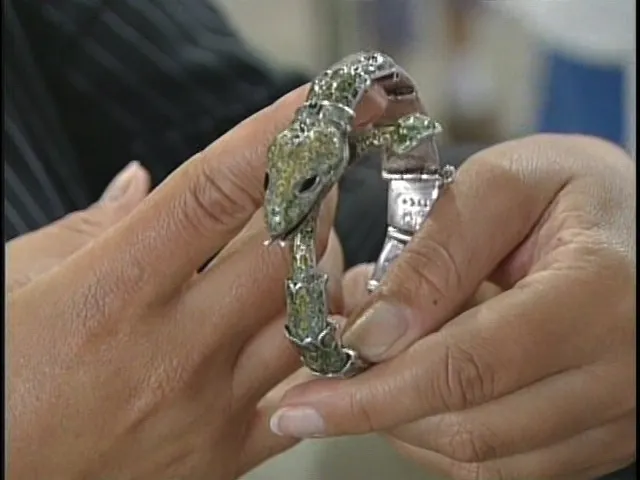GUEST: These spurs were passed down in my family from my great-grandfather. He got land from the Land Run, didn't like it, moved to Indian Territory. While he was there, a gentleman moved into Indian Territory that was from Ireland. The story goes that he got into some trouble in Ireland, killed a man, his family sent him to Texas, he killed a man in Texas, so he moved up into the Kiamichi Mountains in Indian Territory, which is now Oklahoma. He was able to hide out there from the Texas Rangers for a while. But he was plowing his field, the Texas Rangers came for him. He went for his gun, and the Texas Rangers went for him. Nobody really knew anything about him in the community, so they auctioned off his belongings to pay for his burial. So my great-grandfather, which is the guy in the black here, bought the spurs from the auction. They were later passed down to my grandfather, who is actually the far guy here in the white, and then passed to my father, and then to me.
APPRAISER: And this auction took place when
GUEST: It was in 1915. The gentleman from Ireland was able to hide out until a little bit after statehood.
APPRAISER: 1907 was statehood, so...
GUEST: Yes.
APPRAISER: Your great-grandfather and his friends look fairly armed and dangerous in this photograph.
GUEST: Well, actually, that's a family photo. (laughs)
APPRAISER: Okay.
GUEST: So those are all of his children and his wife, and a few others mixed in there. (laughs) But yes, that's my family.
APPRAISER: Well, let me tell you about these spurs.
GUEST: Okay.
APPRAISER: It all fits. The spurs are McChesney, John Robert McChesney. He made his first pair of spurs in Indian Territory, which is the eastern part of Oklahoma, in 1887.
GUEST: Okay.
APPRAISER: And he decided he was going to be a major force in the spur world, so he moved to Gainesville, Texas, about 1890.
GUEST: Okay.
APPRAISER: Well, he realized he wasn't quite the major force he thought he was, and he moved back to Pauls Valley, Oklahoma, in 1910. So those spurs could have been made any time during that period.
GUEST: All right.
APPRAISER: They're called gal-leg or lady-leg spurs. In this case, they're called double-mounted double gal-legs. Most gal-legs, especially McChesney's, only had the gal-leg on the shank, which is this part back here. These have them on the shank and going around the boot heel, and they're on both sides.
GUEST: Right.
APPRAISER: A lot of gal-legs were only on one side, so these are double-doubles. Plus, they've got the heart button and the brass overlay on the shoe. They've also got something that John Robert McChesney is said to have patented. It's called the locking rowel. And most rowels, when you hit them, they spin. This one locks down.
GUEST: Okay.
APPRAISER: It's got that slot cut in it with a bar, so when you dig into a horse, that rowel locks down, and it just stops. This is full silver overlay on both sides. If you went to put them on the market, they're going to bring $2,500 to $3,500 easily, especially in this condition. But it's hard to beat a story like that.
GUEST: That's great-- thank you very much.
